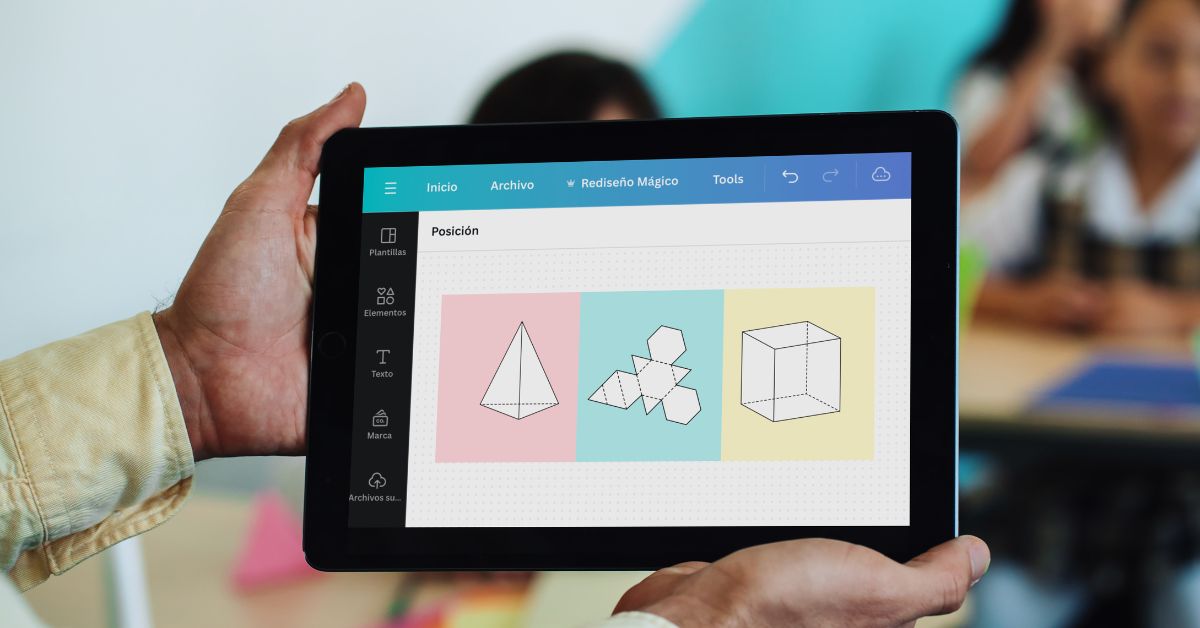You might think small schools in rural areas can’t keep up with technology. After all, they don’t have as many students, teachers, or big budgets. But in Vermont, small schools are proving everyone wrong. They’re using digital tools in smart and creative ways—sometimes better than big schools.
Let’s dive into how Vermont’s small schools are staying ahead in the digital world.
Small Schools, Big Ideas
Vermont has many small schools, especially in mountain towns and farming areas. Some schools have fewer than 100 students. But don’t let the size fool you—these schools are full of energy, curiosity, and creativity.
Instead of just buying lots of expensive gadgets, these schools focus on using digital tools that actually help students learn better.
Personal Learning with Technology
One big advantage of small schools? Teachers know their students well. This helps them choose digital tools that match each student’s needs.
Some examples:
- Online learning plans let students learn at their own speed.
- Digital portfolios help students show what they’ve learned.
- Apps and websites give extra help in reading, math, or science.
These tools don’t replace teachers—they support them.
Getting Creative with Tech
Vermont’s small schools often don’t have huge tech budgets. But they get creative:
- Older computers are reused in smart ways.
- Grants help buy laptops or tablets.
- Local experts sometimes help teach coding or robotics.
Some students even use drones, 3D printers, or podcasting gear for class projects!
How Vermont’s Small Schools Use Technology
| Digital Tool / Idea | How It’s Used in Small Schools |
|---|---|
| Personalized apps | Learning tailored to each student |
| Online portfolios | Students track and show progress |
| Zoom & Google Meet | Connect with other schools or experts |
| Community partnerships | Tech classes taught by local pros |
| Wi-Fi hotspots | Help students stay connected at home |
| 3D printing & podcasting | Creative tech used in real projects |
Strong Internet, Strong Learning
One big challenge is internet access. Rural areas can have slow or spotty service. But Vermont has made real progress:
- Schools work with towns to improve broadband.
- Wi-Fi hotspots are given to families who need them.
- Some libraries let kids borrow laptops or internet devices.
This helps every student stay connected—even outside school.
Everyone Learns Digital Skills
Vermont’s small schools want students to be ready for the future. That means learning how to:
- Stay safe online
- Use video tools like Zoom
- Write emails and do online research
- Create digital art, music, and videos
These are real-world skills that students can use in college, work, and life.
Conclusion
Small schools in Vermont may not have big buildings or big budgets—but they have big hearts and smart ideas. By using technology in thoughtful ways, these schools help students learn better, think deeper, and connect with the world.
The digital future isn’t just for big cities. Vermont shows that small schools can lead the way, too.
FAQ’s
1. Can small schools afford new technology?
Sometimes it’s tough, but they find ways—like grants or donations—to get the tools they need.
2. What if students don’t have internet at home?
Some schools give out Wi-Fi hotspots or let students use school internet after hours.
3. Do small schools teach coding and robotics?
Yes! Some even compete in tech contests with big schools—and win!








